Bottomland Mammals
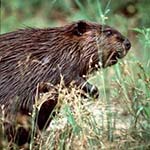 |
BeaverBeavers, which are common throughout North Carolina, have few natural predators and can thrive wherever there is water and ample food. They benefit woodland owners by reducing stream erosion, creating slow-moving ponds and water storage, and by providing aquatic habitat for lots of other species. But they also can cause flooding and destroy timber. |
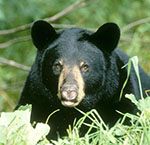 |
Black BearThe black bear is the only bear species found in North Carolina or anywhere in the eastern United States. It is common in the mountain and coastal regions of the state but uncommon in the piedmont. Black bear are an important part of North Carolina’s cultural, historical and natural heritage. |
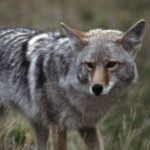 |
CoyoteCoyotes live in all 100 counties of North Carolina, with the largest populations living in the western part of the state. Coyotes live where food is plentiful and easily adapt to cites and suburbs. |
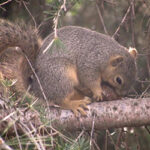 |
Eastern Fox SquirrelThe fox squirrel is the largest tree squirrel in North Carolina, nearly twice the size of the more common gray squirrel. It lives primarily in mature longleaf pine and open pine-oak forests in the Sandhills and southern Coastal Plain of North Carolina. |
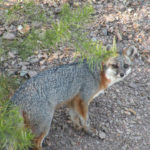 |
FoxesThere are two fox species found in North Carolina– the gray fox, which is native to the state, and the red fox, which was introduced to the region by European settlers in the 1700s. |
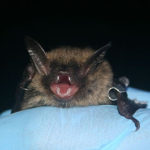 |
Northern Long-eared BatThe northern long-eared bat is federally listed as threatened, primarily due to White Nose Syndrome. It is known to occur only in North Carolina’s mountains and coastal plain – not in the Piedmont. |
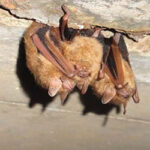 |
Tricolored BatThese bats prefer to roost in trees near areas of mixed agricultural use during the summer and are rarely found in buildings. They often forage over waterways and forest edges where they feed on moths, beetles, midges, bugs, ants, mosquitoes and other insects. |
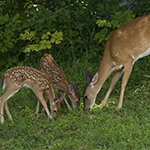 |
White-tailed DeerDeer live in almost every habitat type from pine forests, to farmlands to creek bottoms and other places where food, water and shelter are available. |
